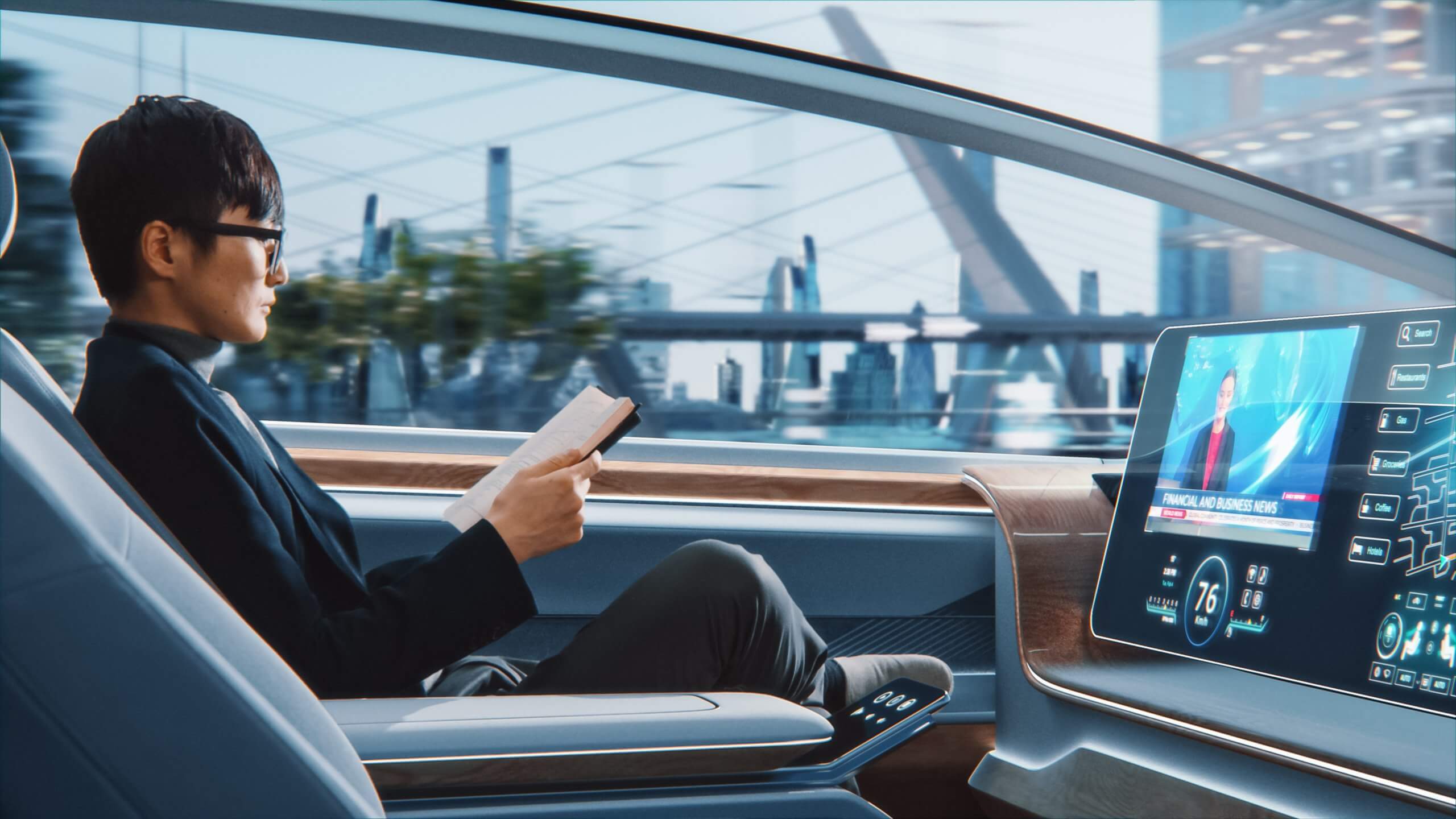Imagine what the world would be like without cars. Without all the pollution they produce. A world without the noise from running vehicles. The dangers of being in a car crash. Now, think about a self-driving car with you sitting in the driving seat. While both scenarios may seem like a figment of your imagination, the second thought is not. Self-driving vehicles are a reality because companies like Google and Waymo are working on self-driving cars that can maneuver with the utmost ease. While there were challenges in developing this technology, and some vendors are still testing their variants, Google’s self-driving car was a concept that turned into reality thanks to the relentless focus on developing a quality, affordable product.

Current Projects
It can be argued that self-driving cars are here to stay, given their need and scope. Many notable automobile makers are now considering the possibility of developing self-driving cars. Some have progressed well but are going through the testing phase. Google’s self-driving car developer, Waymo, once claimed that the world would see self-driving vehicles on the road by 2020. While that did not happen by 2020, the delay is not in the over-arching self-driving car project. There have been delays in the past, but the project will continue for some time.
Technology
Many companies are doing their part to develop self-driving cars, and there have been instances when these cars were tested. When we discuss self-driving vehicles, Google’s self-driving automobile comes to mind. The car has been around since 2006 and has been going through rigorous testing ever since.

The car is a marvel of cutting-edge technology, using a combination of microchip-based processing units and software to operate the vehicle. Google has been rigorously working on and testing many prototype vehicles for years. The self-driving car has covered several laps of 100-mile runs and continues to do so. The self-driving vehicle is progressing through a testing phase during which the technology is established for reliability, affordability, and the response of installed systems. The car is expected to include limited functionality with other manually controlled functions. For example, the driver can drive and park the vehicle manually or automatically. Automatic assisting for brakes is also there for improved survivability.
Once the prototype phase is over, many companies will present their self-driving cars and robots. Delays in the project are temporary, and self-driving vehicles are anticipated to be on roads before 2030. The improving technology indicates that these cars are about to hit mass production.

The Future of Cars
Driving a car can be a hectic experience, and taking your vehicle on a long drive can make you feel tired and frustrated. Surprisingly, humans tend to feel bored and tired even when driving a luxury car with top-of-the-line features. With smart cars soon on the road, you do not need to worry about becoming sleepy and bored while driving. This automotive revolution is just around the corner, with many vendors trying their best to include features that will get you to your destination in no time. Self-driving vehicles are all set to be affordable without compromising your family’s safety.
Improvements
The preparation of prototypes was completed years ago, but comfort, automation, and integration drive improvements to the design. Automated cars will revolutionize how we drive by helping us save money through fuel economy without compromising mileage. Two concepts currently being developed include cars with hybrid propulsion and electric propulsion. Both will improve fuel economy through a cutting-edge ecosystem that monitors fuel status and displays the information to the driver. The driver will be there and can take over by pressing a button if he prefers. About Complete Controller® – America’s Bookkeeping Experts Complete Controller is the Nation’s Leader in virtual bookkeeping, providing service to businesses and households alike. Utilizing Complete Controller’s technology, clients gain access to a cloud platform where their QuickBooks™️ file, critical financial documents, and back-office tools are hosted in an efficient SSO environment. Complete Controller’s team of certified US-based accounting professionals provide bookkeeping, record storage, performance reporting, and controller services including training, cash-flow management, budgeting and forecasting, process and controls advisement, and bill-pay. With flat-rate service plans, Complete Controller is the most cost-effective expert accounting solution for business, family-office, trusts, and households of any size or complexity.
About Complete Controller® – America’s Bookkeeping Experts Complete Controller is the Nation’s Leader in virtual bookkeeping, providing service to businesses and households alike. Utilizing Complete Controller’s technology, clients gain access to a cloud platform where their QuickBooks™️ file, critical financial documents, and back-office tools are hosted in an efficient SSO environment. Complete Controller’s team of certified US-based accounting professionals provide bookkeeping, record storage, performance reporting, and controller services including training, cash-flow management, budgeting and forecasting, process and controls advisement, and bill-pay. With flat-rate service plans, Complete Controller is the most cost-effective expert accounting solution for business, family-office, trusts, and households of any size or complexity.




